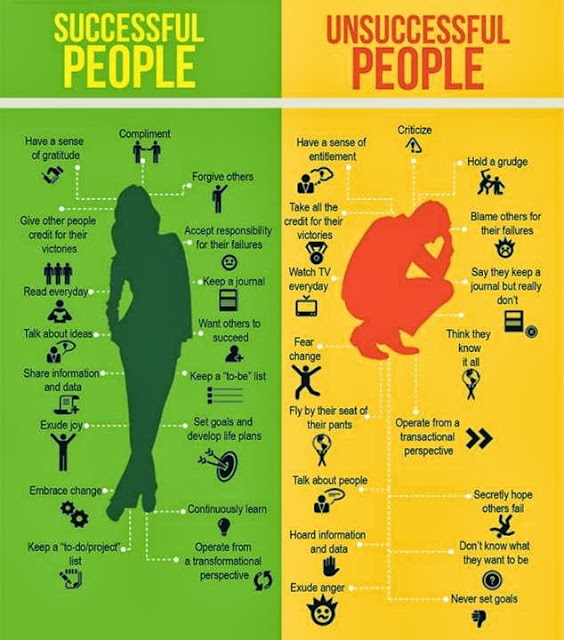Carbon Dioxide
Carbon dioxide (CO2) is a colourless, odourless gas consisting of molecules of two oxygen atoms and one carbon atom. Carbon dioxide is produced when any form of carbon or almost any carbon compound is burned in an excess of oxygen. For example, it is released into the atmosphere during natural forest fires and the man-made combustion of fossil fuels. Other natural sources of carbon dioxide include volcanic eruptions, decay of dead plant and animal matter, evaporation from the oceans and respiration (breathing). Carbon dioxide is removed from the atmosphere by carbon dioxide "sinks". The main removal processes are absorption by seawater, and utilisation (for photosynthesis) by ocean-dwelling plankton and land-dwelling biomass, including forests and grasslands.
Through Earth history the amount of carbon dioxide in the atmosphere has varied significantly. The Earth's early atmosphere was probably composed mostly of carbon dioxide. At that time, the natural greenhouse effect would have been very strong, trapping much more heat than today, but billions of years ago the Sun was not as hot. During the last few hundred million years, the concentration of atmospheric carbon dioxide has generally been declining. In the most recent geological past it has been only a trace gas making up a few hundred parts per million of the gases in the atmosphere.
At the end of the last Ice Age 14,000 years ago, the level of carbon dioxide in the air increased about 50%. Scientists believe this may explain some of the rise in global temperatures that occurred at that time. Following this global climate transition the atmospheric carbon dioxide concentration remained fairly constant at about 280 parts per million until the end of the 18th century. Since then, man-made emissions of carbon dioxide from burning fossil fuels, deforestation, waste incineration and the manufacture of cement have upset the balance between natural sources and sinks of carbon dioxide. Consequently, the concentration of carbon dioxide in the air has increased to about 370 parts per million, and is continuing to increase at a rate of about 1.2 parts per million each year. This level of carbon dioxide is higher than at any other time in the last 160,000 years.
As a result of carbon dioxide emissions since the beginning of the Industrial Revolution 200 years ago, the strength of the Earth's natural greenhouse effect has been enhanced. This means that the atmosphere is now trapping more heat that would otherwise have escaped to space. Scientists are now fairly certain that this enhancement of the greenhouse effect is causing global warming. Of all the greenhouse gases released by man-made processes, carbon dioxide is the largest individual contributor to the enhanced greenhouse effect, accounting for about 60% of the increase in heat trapping.
Carbon dioxide released by mankind into the atmosphere today will influence its atmospheric concentration in the years to come, since the time taken for carbon dioxide to adjust to changes in sources or sinks is in the order of 50 to 200 years. The IPCC, an Intergovernmental Panel of Climate Change science experts, has estimated that to just stabilise concentrations at present day levels would require a massive 60% reduction of global carbon dioxide emissions. In addition, because of the rather slow response of the global climate, even if we took action today to limit carbon dioxide emissions, mankind has already been committed to a certain amount of climate change over the next 50 years. The challenge for future generations will be to prevent further global climate change from taking place.

Comments
Post a Comment